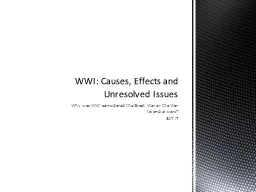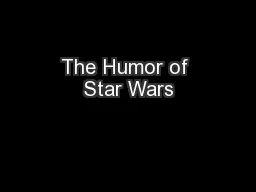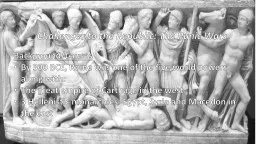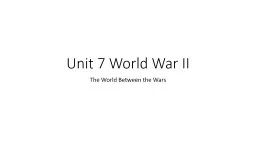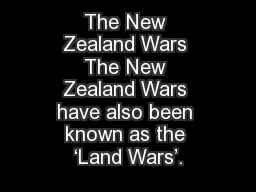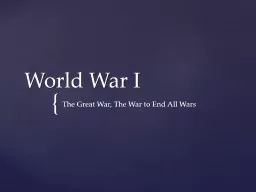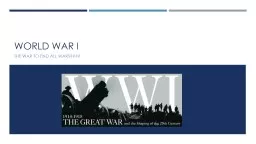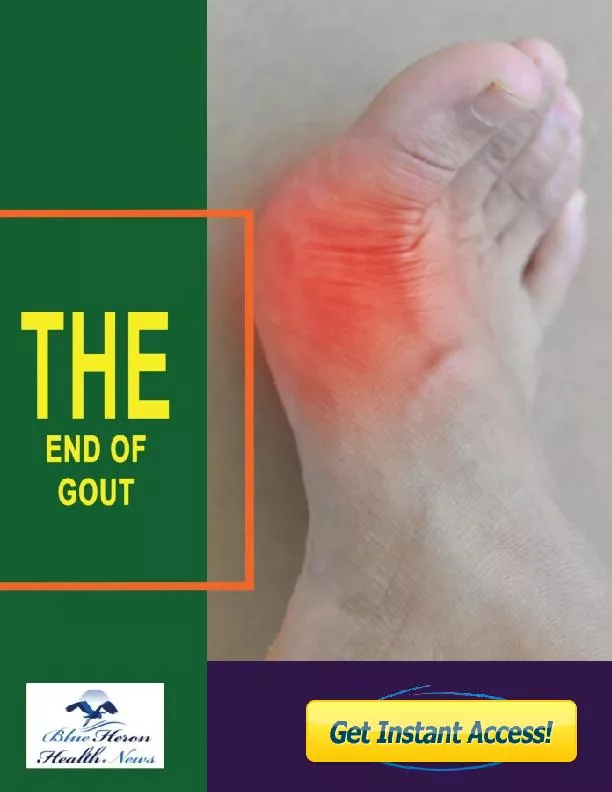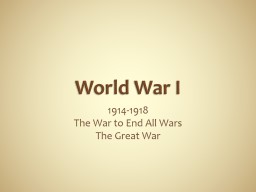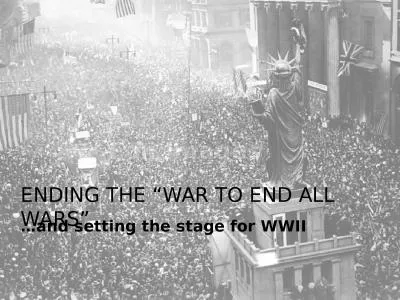PPT-The War to End All Wars
Author : trish-goza | Published Date : 2019-12-04
The War to End All Wars The Battles of the Great War Part 1 The Powder Keg in the Balkans By 1914 Europe was in bad situation countries had large armies amp felt
Presentation Embed Code
Download Presentation
Download Presentation The PPT/PDF document "The War to End All Wars" is the property of its rightful owner. Permission is granted to download and print the materials on this website for personal, non-commercial use only, and to display it on your personal computer provided you do not modify the materials and that you retain all copyright notices contained in the materials. By downloading content from our website, you accept the terms of this agreement.
The War to End All Wars: Transcript
Download Rules Of Document
"The War to End All Wars"The content belongs to its owner. You may download and print it for personal use, without modification, and keep all copyright notices. By downloading, you agree to these terms.
Related Documents


